Tech Blog
Here I'll be sharing insights from my professional experiences and studies in data science and web development. There'll be plenty of Wagtail, Django and Python, a bit of JavaScript and CSS thrown in, and more on data science & engineering. There might even be a bit of time for some project management and business analysis too.
I'll also provide insights into how this site was made, as well as code examples and thoughts on how those could be further developed.
Feel free to leave questions or comments at the bottom of each post - I just ask people to create an account to filter out the spammers. You won't receive any unsolicited communication or find your email sold to a marketing list.
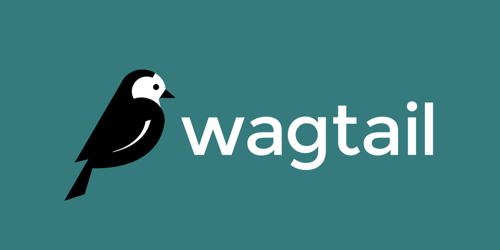
Wagtail Introduction
Wagtail is a leading open source CMS utilising Python and the Django framework. Tens of thousands of organisations worldwide, including Google, Mozilla, NASA, and the British NHS are now using Wagtail. In case you're new to Wagtail, and looking to learn as a developer, I've gathered some great learning resources here to get you started.
2021-08-24 18:52:31 UTC

Making Wagtail pages more SEO friendly with Wagtail Metadata
Wagtail pages are great for creating a lot of rich content straight out of the box, but for SEO optimization, they need some tweaking.
Here, I subclass the Page model with some help from the wagtail-metadata plug-in.
This subclassed model becomes the base for all site pages and holds all the data for og metadata, twitter cards, page description etc..
Here, I subclass the Page model with some help from the wagtail-metadata plug-in.
This subclassed model becomes the base for all site pages and holds all the data for og metadata, twitter cards, page description etc..
2022-12-22 18:24:27 UTC

Configuring a Dynamic Sitemap on Wagtail
A sitemap lists a website’s most important pages, making sure search engines can find and crawl them. It's important to keep your sitemap up to date for optimal SEO.
With a quick bit of coding, you can set your sitemap to be created dynamically on demand, ensuring it always reflects the latest content.
We'll go through adjusting the lastmod field, and add values for the changefreq and priority on site, class or page level.
I'll show you how to add support for xhtml alternate entries for multi-lingual sites using a custom view in place of the built-in Wagtail sitemap app.
Finally, I add a method to notify Google of updates automatically on page publish/delete.
With a quick bit of coding, you can set your sitemap to be created dynamically on demand, ensuring it always reflects the latest content.
We'll go through adjusting the lastmod field, and add values for the changefreq and priority on site, class or page level.
I'll show you how to add support for xhtml alternate entries for multi-lingual sites using a custom view in place of the built-in Wagtail sitemap app.
Finally, I add a method to notify Google of updates automatically on page publish/delete.
2022-12-22 18:25:06 UTC

Configure Wagtail robots.txt and Block Search Indexing
Rather than just being a static file, you can use Django/Wagtail templating to create a dynamically generated robots.txt. This is not the place to block search engine crawlers though, I'll show a method to apply that from your base template.
2021-09-12 18:03:07 UTC
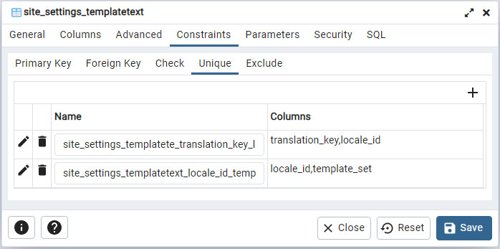
Dealing with UNIQUE Fields on a Multi-lingual Site
In Django and Wagtail, for many translation models, a copy of the page tree is made for each language rather than inserting the translated text directly into the template or model.
This poses a problem for models that have fields with UNIQUE constraints as attempting to save a copy of the default language instance will trigger an integrity error (ie duplicate key).
Fortunately, if you're using the TranslatableMixin, there's a way around this.
This poses a problem for models that have fields with UNIQUE constraints as attempting to save a copy of the default language instance will trigger an integrity error (ie duplicate key).
Fortunately, if you're using the TranslatableMixin, there's a way around this.
2021-11-06 17:17:45 UTC
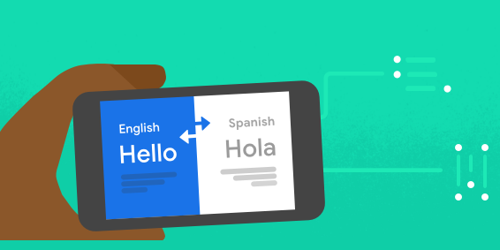
Translating Static Template Text with Wagtail Localize
You have all your page content and snippet components translating successfully, but what to do with all those bits of static text in the non-Wagtail pages?
Static text lurks in the error pages, search results, e-mail templates and any Django pages that may be getting served on your site.
Here's an easy way to keep it all under the Wagtail Localize umbrella without the pain of making PO files and peppering your templates with blocktrans tags.
Static text lurks in the error pages, search results, e-mail templates and any Django pages that may be getting served on your site.
Here's an easy way to keep it all under the Wagtail Localize umbrella without the pain of making PO files and peppering your templates with blocktrans tags.
2021-11-07 14:08:18 UTC
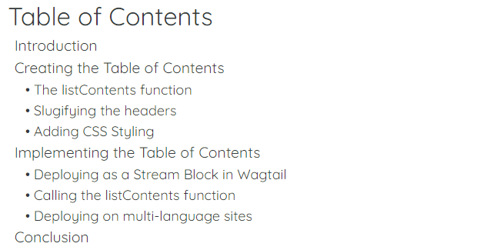
Use JavaScript to Add a Dynamic Table of Contents to Your Pages
Creating a table of contents or menu based on content is time-consuming for editors and prone to errors. You may need such a feature on your data fed pages and not even have the ability to create and link to content on the page.
Here, I create an automated, on-the-fly table of contents without the need for hard-coded anchor links, regardless of the source of your content. It's easily adaptable to turn into a nav bar or similar menu. Similarly, this technique could be used to produce a summary with links on an API data feed page for rapid data analysis and drill-down capability.
At the end, I wrap it in a Wagtail stream block ready to drop into your templates.
Here, I create an automated, on-the-fly table of contents without the need for hard-coded anchor links, regardless of the source of your content. It's easily adaptable to turn into a nav bar or similar menu. Similarly, this technique could be used to produce a summary with links on an API data feed page for rapid data analysis and drill-down capability.
At the end, I wrap it in a Wagtail stream block ready to drop into your templates.
2021-11-20 20:59:03 UTC

Upgrading to Wagtail 3.0
Wagtail 3.0 is out with a lot of significant changes in architecture requiring code updates. The biggest work I found was the change in the way custom edit panels are handled in the admin interface which isn't well documented yet. Here are some examples I worked through to get up and running.
2022-05-03 17:09:52 UTC

Passing Data from Django & Wagtail to JavaScript the Safe Way
Passing data from Django/Wagtail to JavaScript code is a common necessity, but often done in a way that will leave your site open to HTML injection and XSS attacks (cross-site scripting).
A quick flick through blog posts, editorials and forums (including the ubiquitous Stack Overflow) will yield a raft of dodgy solutions including rendering inline JavaScript directly into the template.
Surprisingly, the safe way to do this requires far less coding and allows you to pass complex data structures without the faff and without exposing your site to unnecessary risk.
A quick flick through blog posts, editorials and forums (including the ubiquitous Stack Overflow) will yield a raft of dodgy solutions including rendering inline JavaScript directly into the template.
Surprisingly, the safe way to do this requires far less coding and allows you to pass complex data structures without the faff and without exposing your site to unnecessary risk.
2022-05-31 14:06:23 UTC
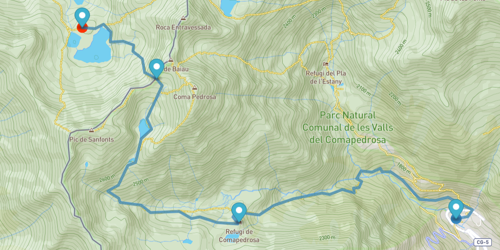
Adding MapBox Blocks to Wagtail Stream Fields
MapBox is an extremely versatile GIS tool that can be used not only for mapping and route planning, but also for presenting and analysing many types of GIS data. Setting up Wagtail map blocks using MapBox presents a few challenges.
I'll go over how to set up nested streams, how to overcome the problem of unique element IDs in recurring HTML blocks, and how to pass data structures from Django's backend to JavaScript functions.
I'll go over how to set up nested streams, how to overcome the problem of unique element IDs in recurring HTML blocks, and how to pass data structures from Django's backend to JavaScript functions.
2022-06-19 11:10:52 UTC
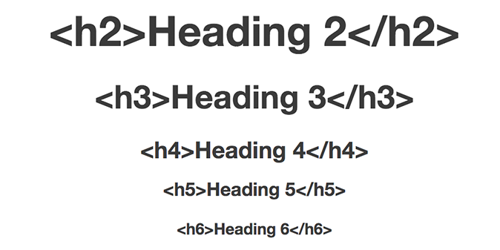
Add Heading Blocks with Anchor Targets in Wagtail
Wagtail’s Draftail rich text editor lacks any way to add anchor targets to heading tags so that you can link back to that position on the page from elsewhere.
In this example, we'll create a simple StructBlock to add to your Streamfields that includes heading size, alignment and an optional anchor identifier. We'll use ChoiceBlocks for the field values, a custom template with some basic logic and also include some validation to ensure the entered anchor target is a valid slug. We'll also make use of declaring child blocks as local variables to allow overriding default values when using this block as the child block of another StructBlock.
This is a good example to work through if you're starting out with Wagtail and getting used to working with blocks and StreamFields.
In this example, we'll create a simple StructBlock to add to your Streamfields that includes heading size, alignment and an optional anchor identifier. We'll use ChoiceBlocks for the field values, a custom template with some basic logic and also include some validation to ensure the entered anchor target is a valid slug. We'll also make use of declaring child blocks as local variables to allow overriding default values when using this block as the child block of another StructBlock.
This is a good example to work through if you're starting out with Wagtail and getting used to working with blocks and StreamFields.
2022-07-05 17:29:02 UTC
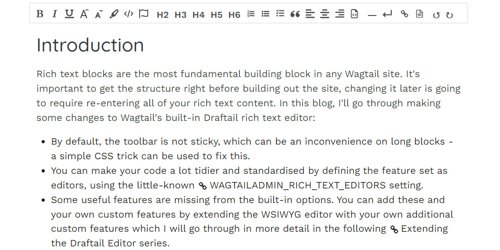
Configuring Rich Text Blocks for Your Wagtail Site
Rich text blocks are the most fundamental building block in any Wagtail site. You can make your code a lot tidier by defining the feature set as editors, extending the WSIWYG editor with additional features and finally adding the ability to define alignment on the fly.
2022-09-26 16:04:13 UTC
